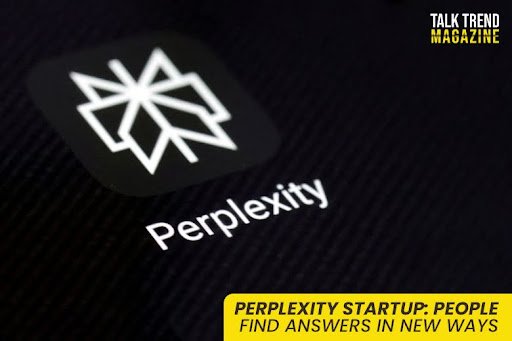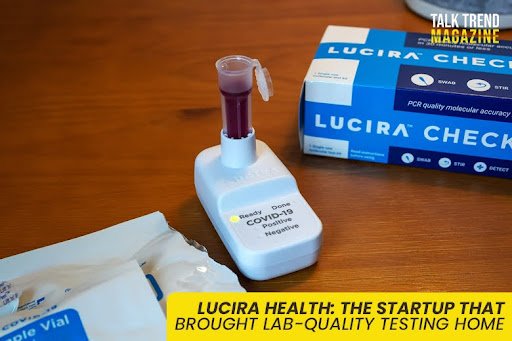If you run computers, apps, or servers at any scale, you know they never stop talking. They constantly produce logs, metrics, and traces, endless streams of raw data. Most of it piles up in expensive tools or storage systems, and managing it feels overwhelming. That is the problem Cribl, a fast-growing startup from San Francisco, was created to solve.
In 2018, three former Splunk engineers, Clint Sharp, Dritan Bitincka, and Ledion Bitincka, founded Cribl, which quickly became one of the most talked-about companies in the world, particularly in the cybersecurity sector. By 2025, it had raised over $600 million in funding, evaluated $3.5 billion, and reported over $200 million in annual recurring revenue. This gain is a massive growth for a company in such a technical field.
What does Cribl actually do?
Imagine you run a busy airport. Thousands of airplanes send signals to report fuel levels, time of arrival, and cargo information every other moment. Without traffic control, chaos would break out. Cribl plays that “air traffic control” role for computer data.
Its main product, called Cribl Stream, takes in data from any system, cleans it up, reshapes it, and sends it exactly where it should go, whether that is a security tool, a monitoring dashboard, or inexpensive cloud storage. Unlike many platforms, it does not force you to use only one vendor. Instead, it sits in the middle and works with all of them.
Cribl has added more products to cover different needs:
Edge: An intelligent, vendor-neutral agent that runs on machines or cloud systems to collect data.
Search lets you search in place for data stored in a system (like Amazon S3) without moving it first.
Lake: A central place to keep all your data, with the option to replay it into tools later.
Lakehouse: In 2025, a newer upgrade that makes searching through messy, complex data much faster.
Why Teams Use it?
There are two main reasons businesses turn to Cribl:
- Saving money. Data is expensive to store and analyze. Cribl can remove unnecessary fields, cut down noisy events, or turn big chunks of logs into smaller summaries. Some companies report a 41% reduction in EDR data, resulting in lower storage costs and fewer licensing fees. Additionally, they can store a full copy of everything inexpensively in cloud storage and retrieve only what is needed later.
- Freedom of choice. Many IT teams dislike being locked into a single vendor. Cribl lets you route your right subset of data to Splunk, Elastic, Datadog, New Relic, Sumo Logic, or even all of them at once. Each team can use the tool of its preference without forcing a one-size-fits-all approach. As CEO, Clint Sharp puts it, Cribl is not trying to replace those tools; it is there to make them work better.
How Cribl Stands Out from Competitors?
When people look for Cribl alternatives, they usually end up comparing it with big monitoring platforms like Datadog, Splunk, New Relic, Dynatrace, and Sumo Logic. The difference is that those tools aim to be the final destination for data, whereas Cribl focuses on being a neutral intermediary.
Other newer startups, such as Edge Delta and Observo, compete more directly with Cribl, offering pipelines or AI-based data reduction. Some companies also try the do-it-yourself route with open-source tools like OpenTelemetry, Fluentd, or Logstash. But DIY often means more complexity and ongoing maintenance. Cribl’s strength lies in its maturity, vendor neutrality, and comprehensive features, from collection to replay to search.
Traction, Leadership, And A Note On The Splunk Lawsuit
Cribl’s founders have strong reputations in the industry from their Splunk days, which helped attract big investors, including GV (Google’s venture fund), Sequoia, Greylock, and Tiger Global. In 2024, the company raised $319 million in Series E funding, lifting its valuation to $3.5 billion. By early 2025, it had more than $200 million in annual revenue, a milestone that few infrastructure startups achieve so quickly.
But it has not been all smooth sailing. In 2024, Splunk sued Cribl, alleging that it had copied parts of its software. A jury found some infringement but only awarded $1 in damages, basically a symbolic win. Cribl noted that the court also acknowledged the importance of “fair use” in facilitating the interoperability of systems. The lawsuit did not slow down its growth or funding.
Where It Fits in Your Tech Stack?
Cribl is not designed to replace your monitoring or security tool. Instead, it is the control layer that helps you manage all the data feeding into those tools. If your company uses several systems across multiple teams or clouds, Cribl helps reduce duplicates, minimize waste, and provide everyone with the data they actually need. Its newer Lakehouse product makes it easier to dig through messy logs when something goes wrong, without massive delays.
For startups and smaller teams, Cribl offers a “Cribl for Startups” program that provides free access to its cloud version, allowing you to experiment without incurring significant costs.
Final Thoughts
Cribl is building its success on a simple idea: companies do not want to be trapped by one vendor or forced to pay for storing data they never use. Acting as a neutral traffic controller for IT and security data, it empowers teams to decide what to retain, what to send, and what to disregard.
That clarity explains why Cribl is one of the fastest-growing startups in enterprise tech. With products like Stream, Edge, Search, and Lakehouse, it’s helping organizations cut costs, avoid lock-in, and still get full value from their data.
If you feel like your systems are drowning you in information, Cribl’s bet is straightforward: give people back control of their data, and the rest will fall into place.















